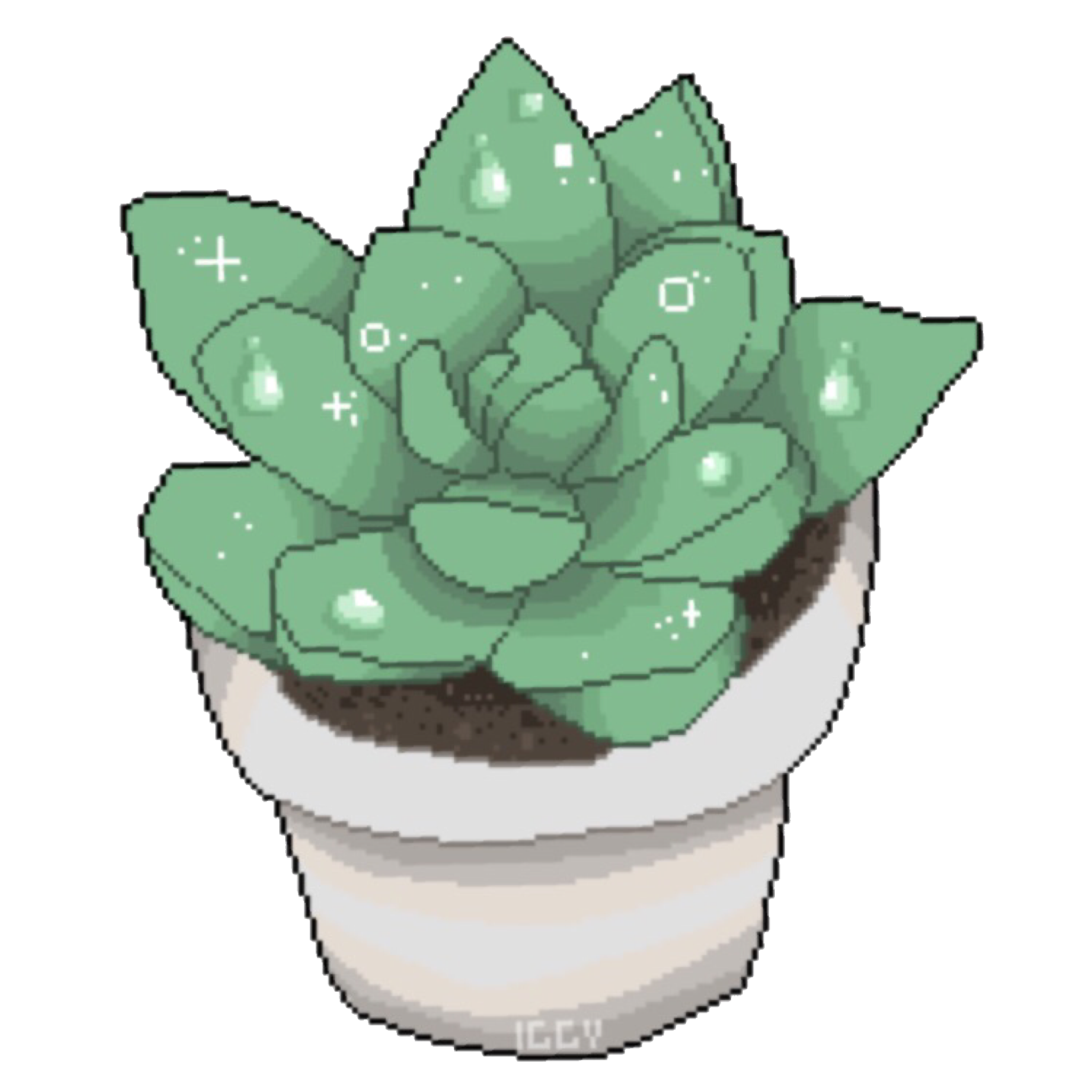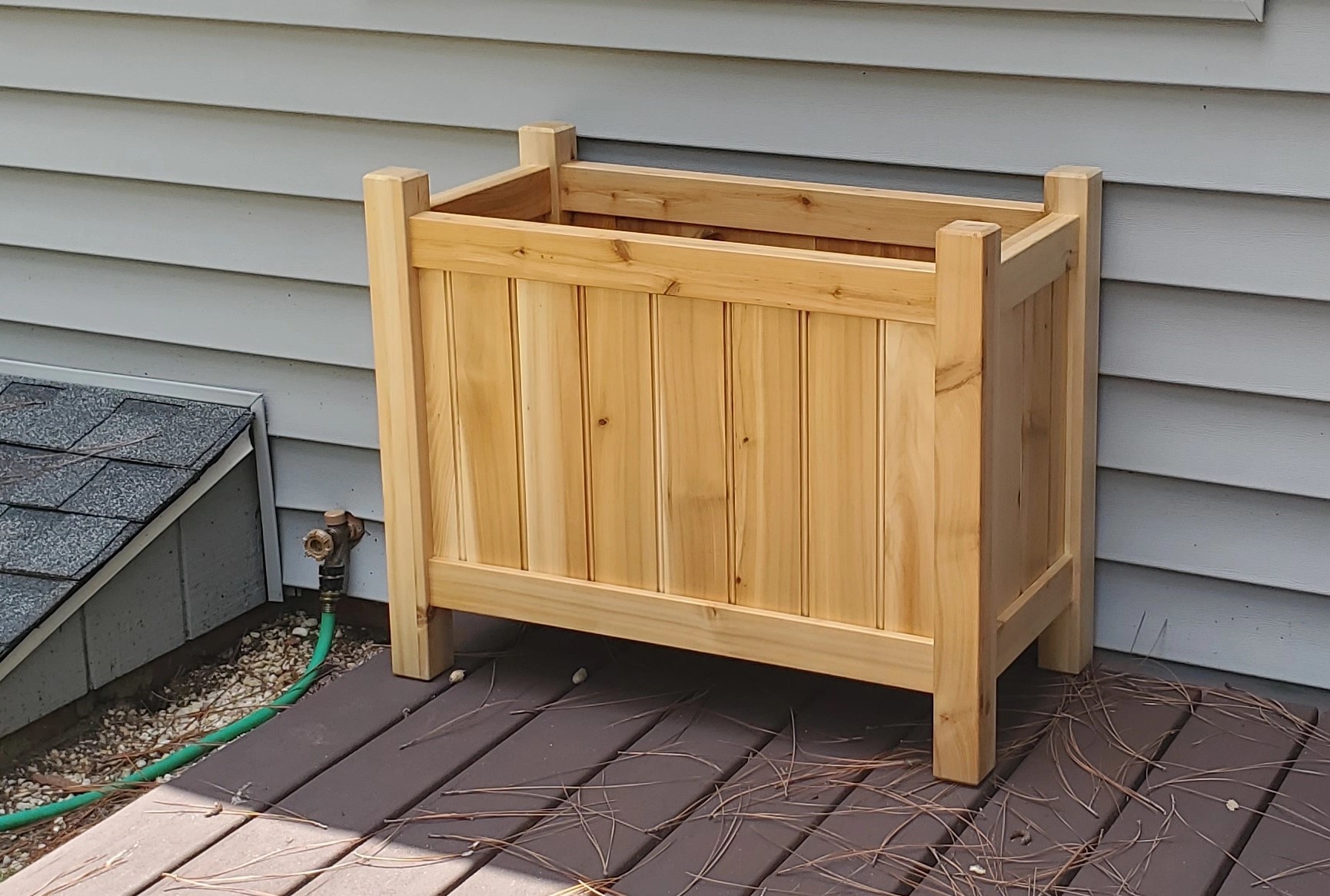Huh, any particular ABS brand(s)? I am tempted to grab a roll. I’ve been running polymaker’s ASA and other than warpage on big parts with my lower chamber temps (yay big printer with lots of enclosure surface area) it prints fairly well.
I run the filter inside an enclosed printer with an exhaust fan.












If you have the time there’s no harm, but you’re probably going to want to disassemble the steps to repair it halfway well.
Depending on the weight of the person/people who will be be using it, you might want to rethink the design or make the steps out of something thicker/beefier. Since the two treads are essentially cantilevers, the riser and torque is all that’s prevent the far end of either step from collapsing. I don’t think a butt joint is good enough here, even if it has a backer (as the pictures show). A finger joint between the treads and the riser, with many smaller fingers, is probably your best bet. You’ll probably want a table saw and a jig/slead to cut them, unless you’re familiar with a good alternative and/or have the skill and time to do it with hand tools.